GameCube port of the arcade classic, offered as a preorder bonus for Namco's Japanese release of Baten Kaitos.
The Tower of Druaga is a maze-based action role-playing game from Namco, created on the Mappy engine and originally released in Arcades in 1984 and later ported to consoles such as the NES, Game Boy and MSX as well as appearing in numerous Namco compilations, such as Namco Museum Vol. 3 for the PlayStation in 1997. The game is the first in the Babylonian Castle Saga and second chronologically. In 1992, the game was remade for the PC Engine which saw numerous changes detailed below.
Combining hack & slash real-time combat with some basic RPG elements, it laid the foundations for early action role-playing games such as Dragon Slayer and Hydlide. Its hack & slash combat included the ability to both attack with a sword by pressing the attack button and defend with a shield by standing still. It attracted millions of fans in Japan and went on to inspire early action RPGs such as Dragon Slayer, Hydlide, Ys and The Legend of Zelda. The game also debuted the Slime monsters which would later become the mascot of the Dragon Quest series.
The game served the basis of an anime series, The Tower of Druaga: The Aegis of Uruk, from studio Gonzo and was broadcast between April 2008 to March 2009. The anime takes place 60 years after the events of the game. A noteworthy element of the anime is the music, composed by famed video game composer Hitoshi Sakimoto.
Specification: The Tower Of Druaga
|
User Reviews
Be the first to review “The Tower Of Druaga” Cancel reply
- Show all platforms
- 3DO
- Acorn Archimedes
- Acorn Atom
- Acorn Electron
- Action Max
- Amiga
- Amiga CD32
- Amstrad CPC
- Amstrad GX4000
- Android
- APF MP-1000
- Apple II
- Apple Pippin
- Arcade
- Atari 2600
- Atari 5200
- Atari 7800
- Atari 800
- Atari Jaguar
- Atari Jaguar CD
- Atari Lynx
- Atari ST
- Atari XE
- Bally Astrocade
- Bandai TV Jack 5000
- BBC Bridge Companion
- BBC Micro
- Casio Loopy
- Casio PV-1000
- Coleco Telstar Arcade
- Colecovision
- Commodore 128
- Commodore 16
- Commodore 64
- Commodore PET
- Commodore Plus/4
- Commodore VIC-20
- Didj
- Dragon 32/64
- Emerson Arcadia 2001
- Entex Adventure Vision
- Entex Select-a-Game
- Epoch Cassette Vision
- Epoch Super Cassette Vision
- Evercade
- Fairchild Channel F
- Famicom Disk System
- FM Towns Marty
- Fujitsu FM-7
- Gamate
- Game & Watch
- Game Wave
- Game.com
- Gizmondo
- GP32
- Handheld Electronic Games (LCD)
- HyperScan
- Intellivision
- Interton VC 4000
- iOS
- J2ME (Java Platform, Micro Edition)
- Jupiter Ace
- Mac OS
- Magnavox Odyssey 1
- Magnavox Odyssey 2
- Mattel Aquarius
- Mega Duck
- Microsoft Xbox
- Microsoft Xbox 360
- Microsoft Xbox One
- Microsoft Xbox Series X
- Milton Bradley Microvision
- MSX
- N-Gage
- Neo Geo
- Neo Geo CD
- Neo Geo Pocket
- Neo Geo Pocket Color
- Nintendo 3DS
- Nintendo 64
- Nintendo DS
- Nintendo Entertainment System (NES)
- Nintendo Game Boy
- Nintendo Game Boy Advance
- Nintendo Game Boy Color
- Nintendo Pokémon Mini
- Nintendo Switch
- Nintendo Switch 2
- Nintendo Virtual Boy
- Nintendo Wii
- Nintendo Wii U
- Nuon
- Oculus Quest
- Oric-1
- Ouya
- Palmtex Super Micro
- PC
- PC-88
- PC-98
- PC-FX
- Philips CD-i
- Philips Tele-Spiel ES-2201
- Pioneer LaserActive
- Playdate
- Playdia
- R-Zone
- RCA Studio II
- SAM Coupé
- Sega 32X
- Sega CD
- Sega Dreamcast
- Sega Game Gear
- Sega Genesis
- Sega Master System
- Sega Mega Drive
- Sega Pico
- Sega Saturn
- SEGA SG-1000
- Sharp X1
- Sharp X68000
- SHG Black Point
- Sinclair QL
- Sinclair ZX Spectrum
- Sinclair ZX81
- Sony Playstation
- Sony Playstation 2
- Sony Playstation 3
- Sony Playstation 4
- Sony Playstation 5
- Sony Playstation Portable
- Sony Playstation Vita
- Stadia
- Super Nintendo (SNES)
- Tandy Visual Interactive System
- Tapwave Zodiac
- Texas Instruments TI-99/4A
- Tomy Tutor
- TRS-80 Color Computer
- TurboGrafx 16
- TurboGrafx CD
- V.Smile
- Vectrex
- VTech CreatiVision
- VTech Socrates
- Watara Supervision
- WonderSwan
- WonderSwan Color
- Xavix Port
- Show all platforms
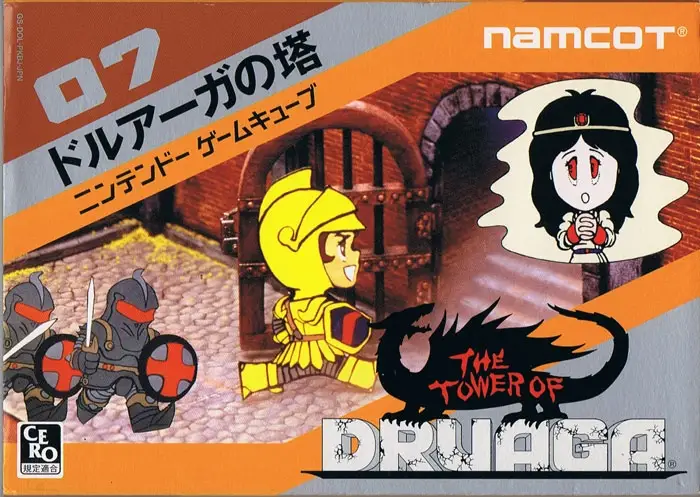
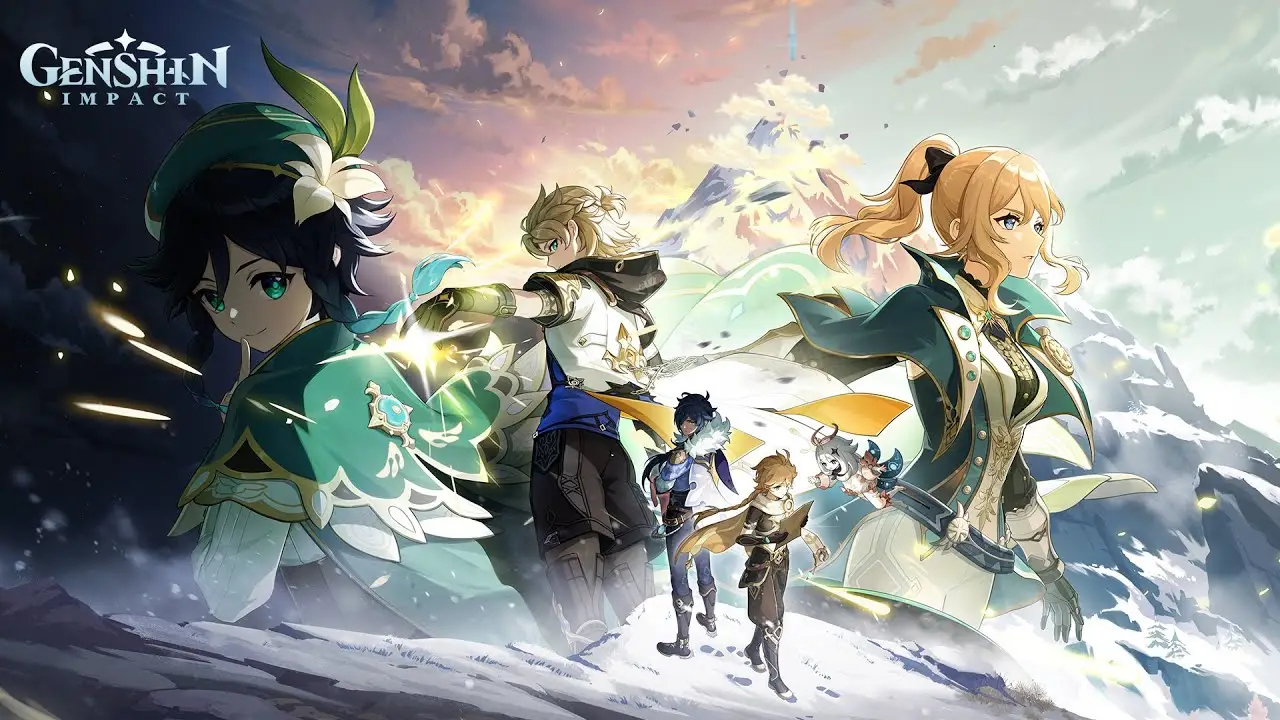
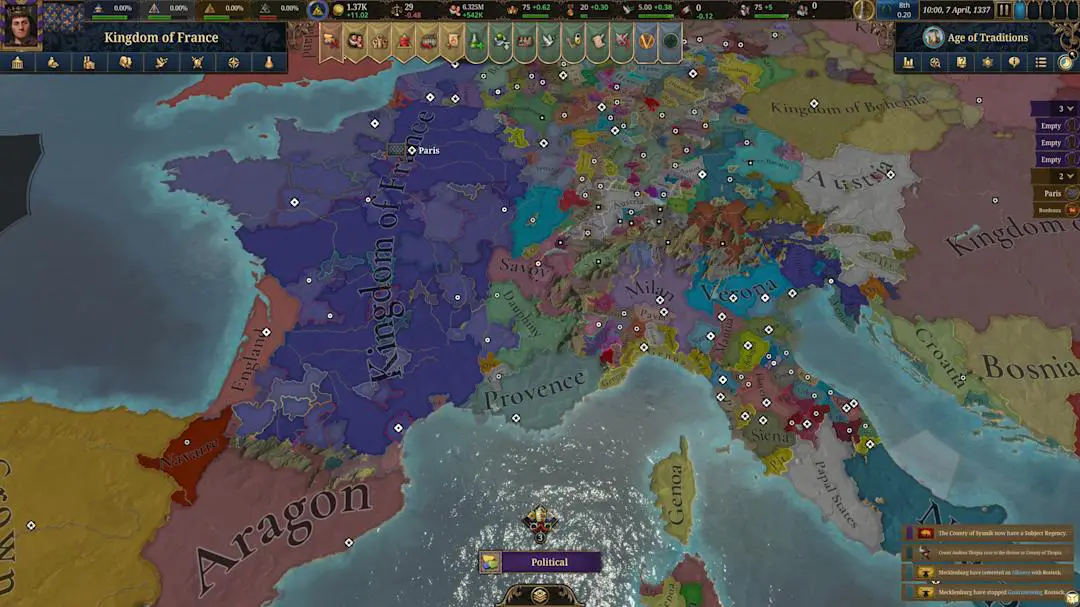

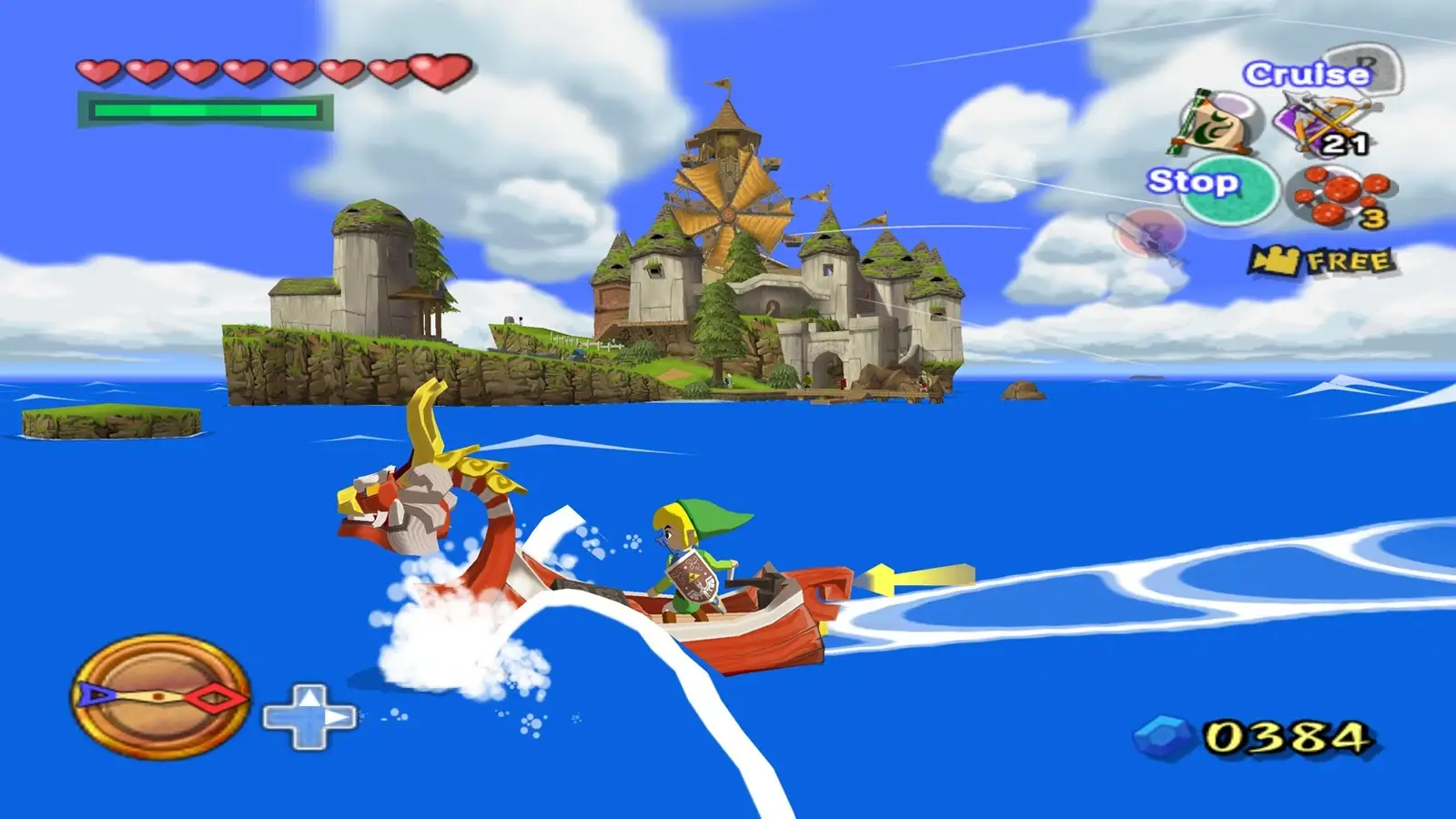
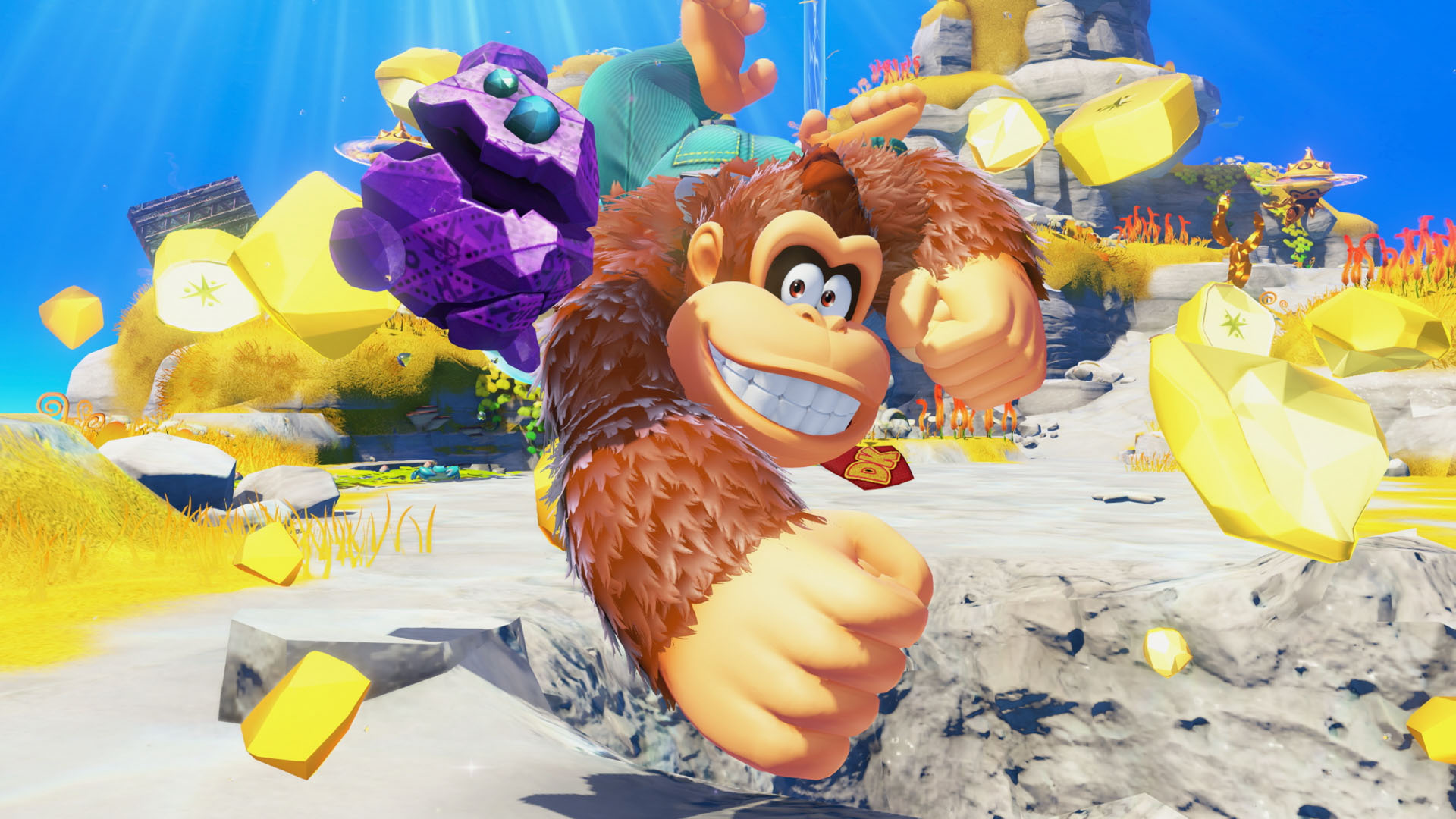

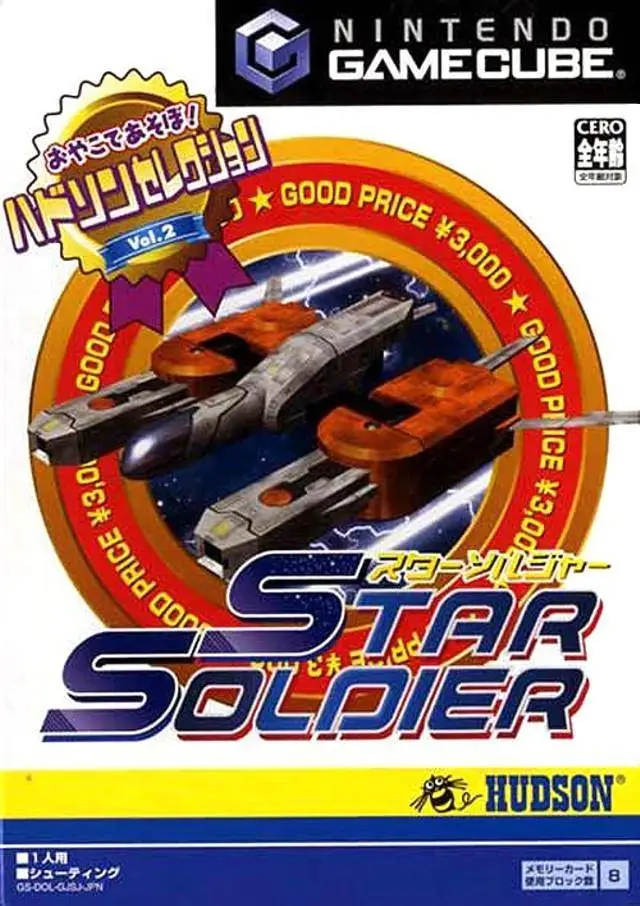
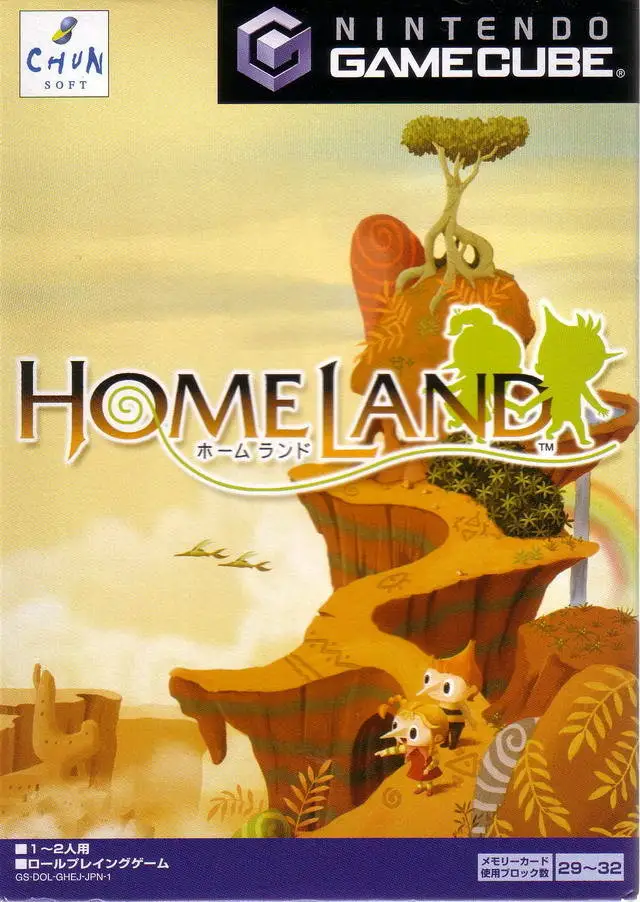
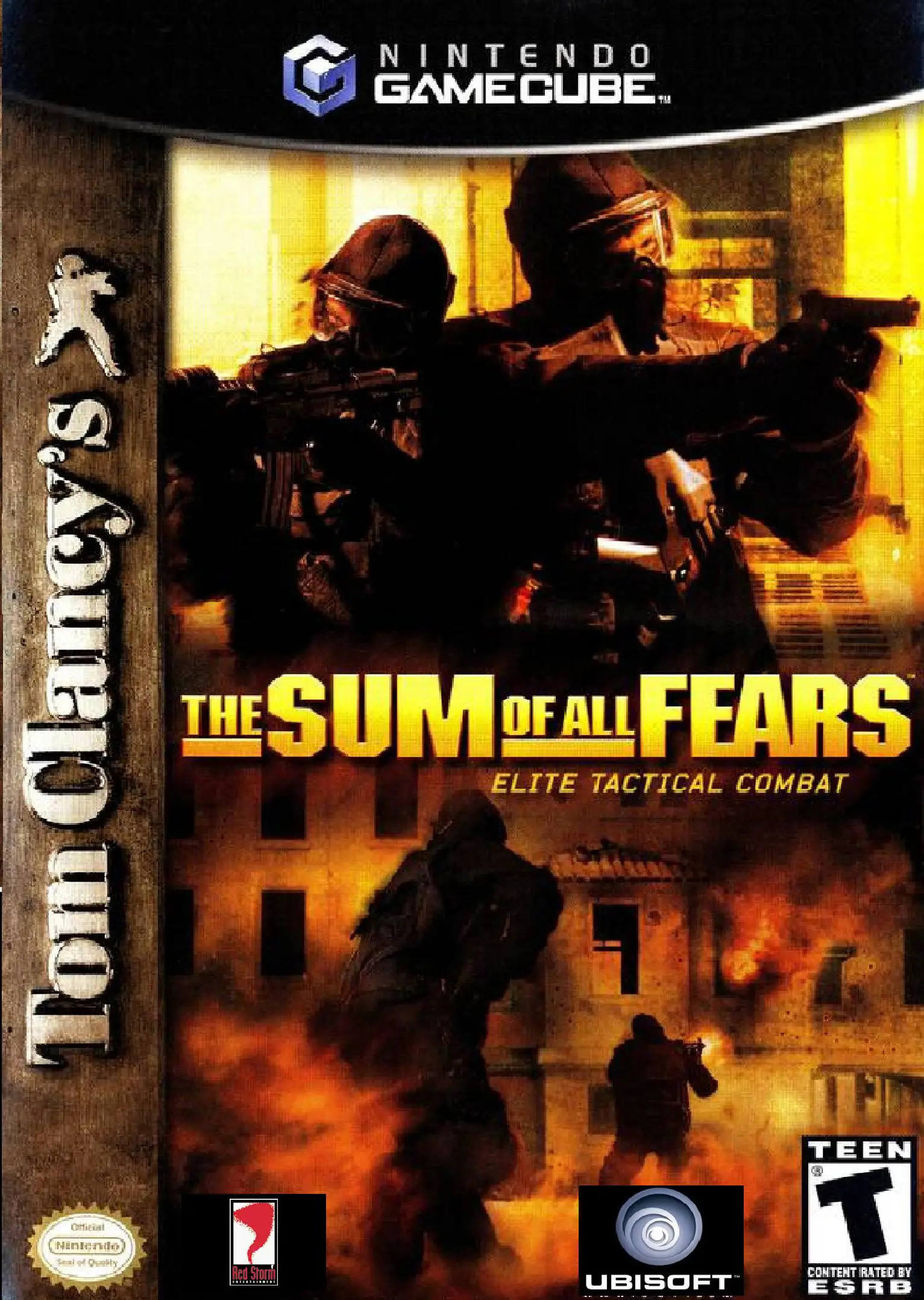
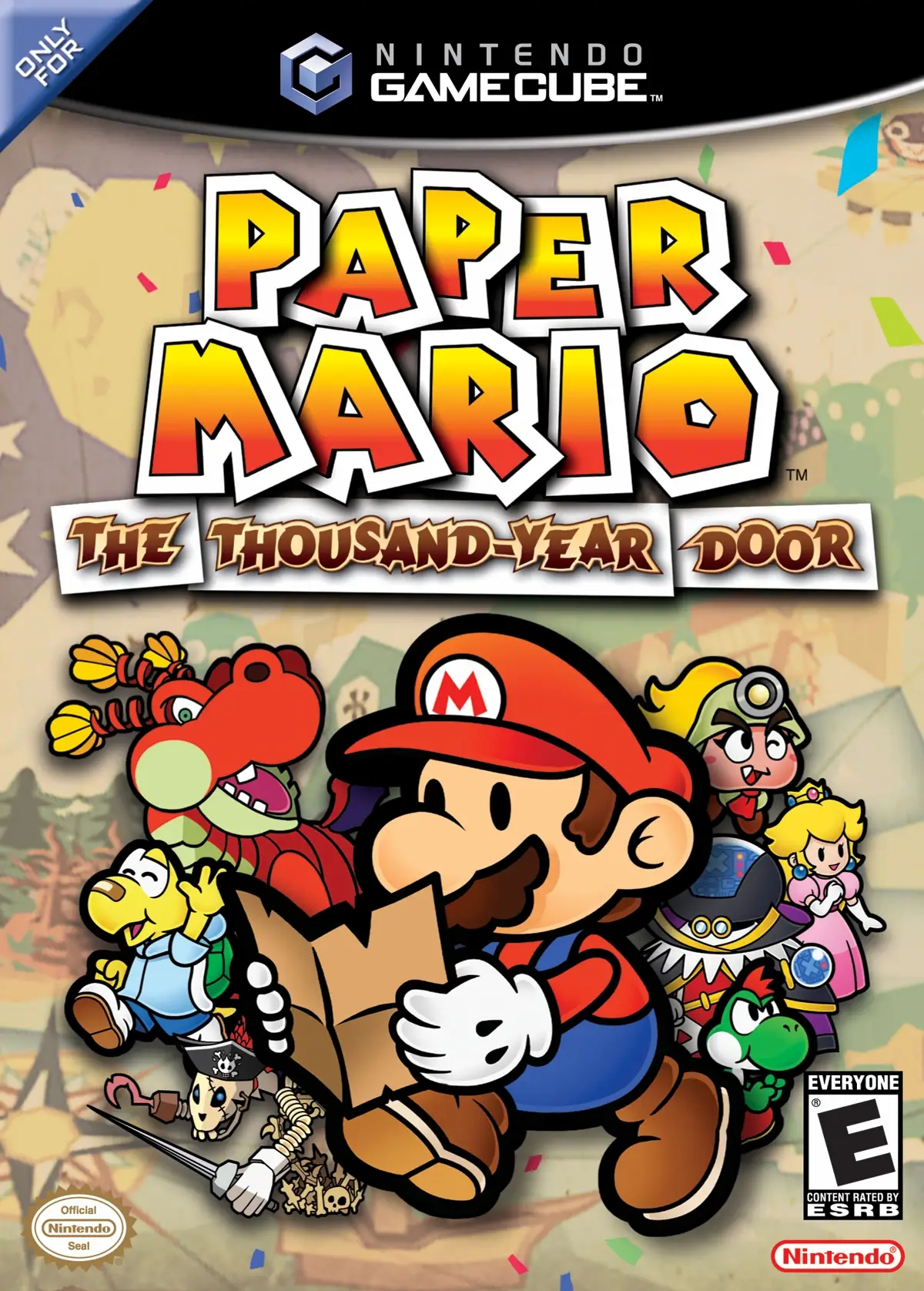
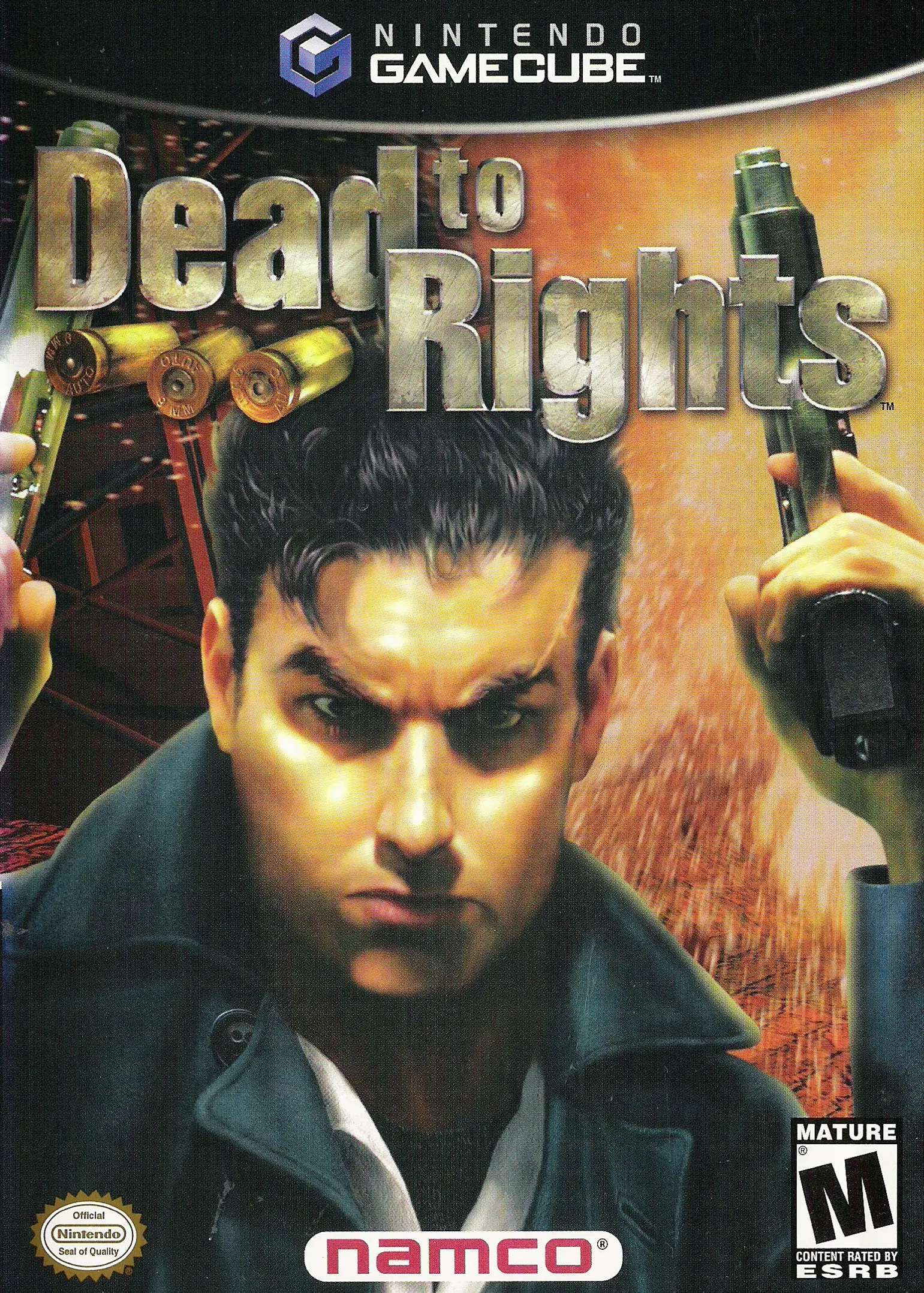
There are no reviews yet.